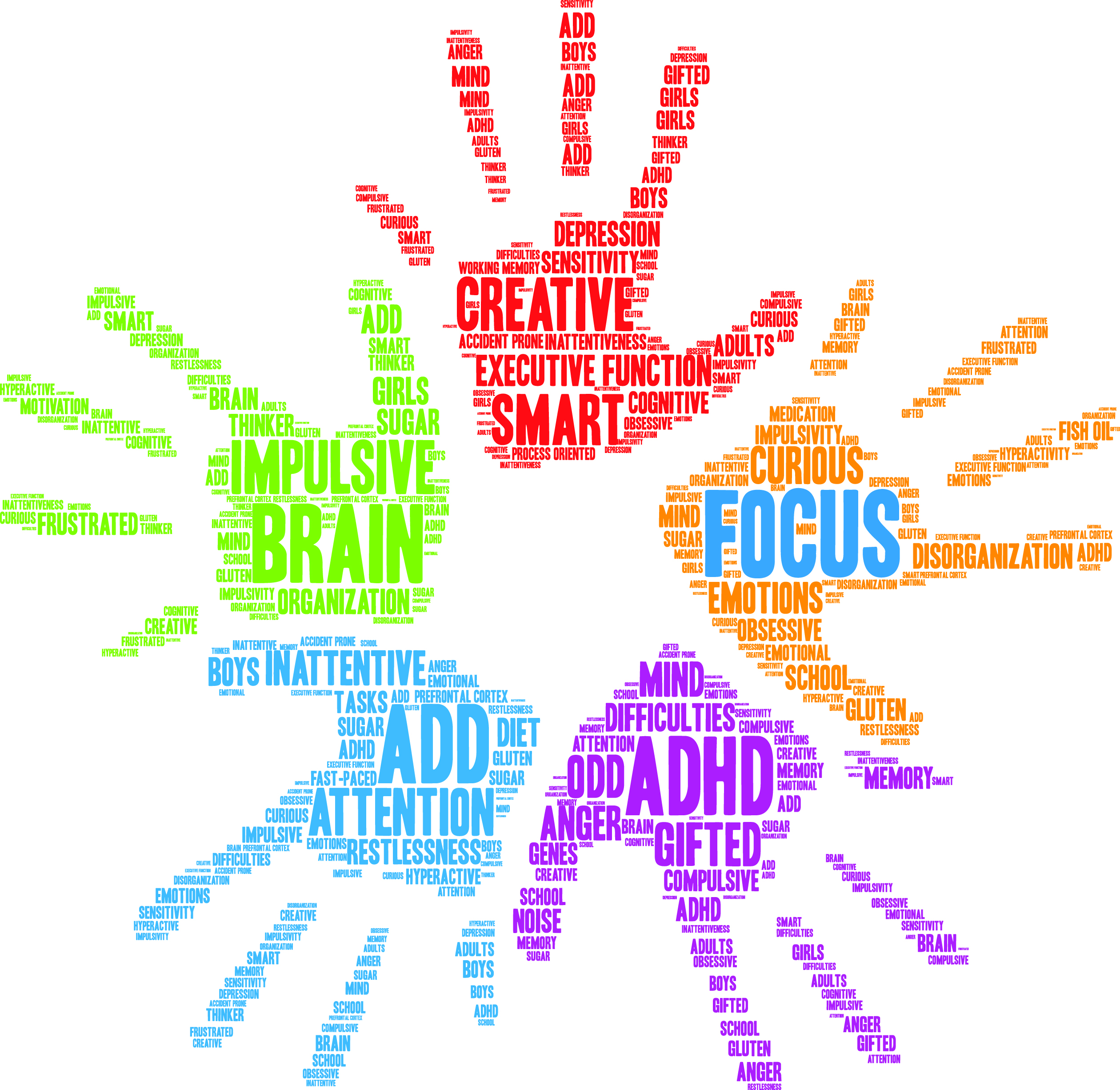
Attention Deficit-Hyperactivity Disorder, ADHD, is often talked about using the three different types; Predominantly Inattentive, Predominantly Hyperactive-Impulsive or Combined Presentation. On some occasions, a student might be referred to as having ADD. Though this is not a common diagnosis anymore, it will be important for educators to know the difference between ADD and ADHD.
1. Attention Deficit-Hyperactivity Disorder
Knowing the different types of ADHD is an important start to understanding the challenges a child with ADHD endures throughout their days. A child that is diagnosed with predominantly inattentive ADHD might exhibit behaviors that look like they are uninterested. Daydreaming and a “spaced” out look can be a common symptom associated with this type of ADHD. On the other hand, predominantly hyperactive-impulsive type of ADHD is commonly associated with disruptive classroom or fidgeting behavior. A child might blurt out, talk in situations where it might not be appropriate or talk out of turn or unable to sit still. Finally, a child diagnosed with a combined type of ADHD will exhibit symptoms equally associated with both types.
2. Attention Deficit Disorder
If you hear that a child is diagnosed with Attention Deficit-Disorder (ADD) they will display symptoms related to Predominantly Inattentive Type ADHD. In a revised edition of the DSM, ADD diagnosis changed to ADHD. The three types of ADHD were then added to the DSM in 1994. As healthcare providers began to understand the disorder and that children could display multiple symptoms of ADHD (combined type), they put ADD under the ADHD umbrella of diagnosis’.
3. Supporting A Child With ADD or ADHD
When deciding the best route to support a child with ADD or ADHD, it is best to consult with a healthcare provider. Medications can be prescribed to help the child cope with their symptoms. Furthermore, communicating with the child’s teachers and school will allow the child to receive necessary support in the classroom that will allow them to receive an equitable education like their peers. Technology tools, such as Lightsail, are great for children with ADHD that struggle with reading. It can provide tools like a personalized reader that allows parents and children to personalize settings within the reader to best fit their individual needs. The personalized reader gives the child the opportunity to change display options that will allow them to focus on learning and relieve distractibility.
Posted on 9.Sep.21 in ADHD











